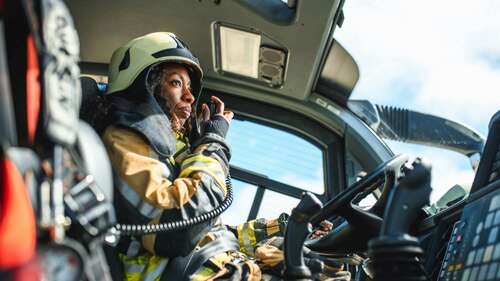
One of the special things about these robots from Squishy Robotics is the way they are constructed with the use of rods and elastic cables. This structure gives the robot its shape but also makes the robot more resistant to drops as impacts are spread throughout the structure instead of being focused just in one location. The approach to construction is called tensegrity, and has been used in architecture since the 1960s, including in domes and roofs. When applied to robots, it assists in a lightweight design but is still resilient to damage, which is important for spaceflight.
The idea is that these robots can pack down into a small space for transport, where every pound of weight and inch of space is valuable. Then, it can be deployed when it arrives at its destination and could be dropped from orbit while surviving the descent to the surface.
That would make landing them much easier to land than the complex landing process of the Mars Curiosity and Perseverance rovers, which had to be lowered on cables from a rocket-powered descent stage. Landing is one of the most difficult and dangerous parts of a Mars mission, so a robot with a lower risk during landing is desirable.
“With tensegrity robots, the robot itself is the landing device,” said Terry Fong, the chief roboticist in NASA’s Intelligent Robotics Group at Ames Research Center. “It could survive a fall from very high up and then keep going.”

